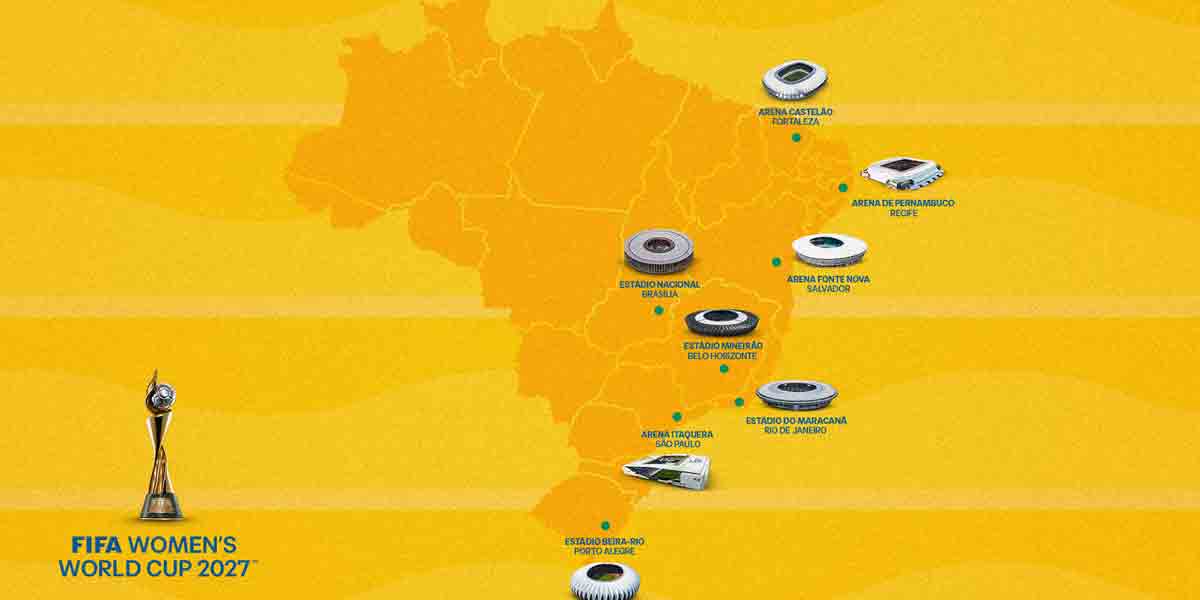By Herbert Vego
THE good news from MORE Electric and Power Corp., the exclusive distribution utility in Iloilo City, is that it has poured in ₱115 million to build Panay Island’s first-ever centralized power control system.
As revealed to us by MORE Power President/CEO Roel Z. Castro, “The new facility responds to the urgent need for power system monitoring to improve supply reliability for households and businesses.”
Targeted to operate before the end of the year, it is being programmed to operate and monitor operations in real-time. It can also remotely control circuit breakers and switches of all substations—eliminating the need for slow manual intervention and allowing personnel to focus on more critical roles.
Speedy monitoring is essential at this time when the company has grown from 60,000-plus to 96,705 active customers within only four years.
This corner also says kudos to the company for its responses to customers’ complaints, thus keeping in step with its five-year modernization program. A significant step is its use of a Facebook account to accommodate customers remarks, including unfriendly reactions to brownouts, such as this one from Jennifer (surname withheld) which I am quoting verbatim: “Mababa nga ang rate pero sa biglang patay at sindi do’n babawiin!!”
Her insinuation is that the DU earns from intermittent power outages. That’s illogical because, as in any business, nothing served means nothing gained. Everybody loses.
It often happens that keeping electricity running may be beyond the capability of any DU because it merely distributes power coming from the power plants and passing through the transmission lines of the National Grid Corp. of the Philippines (NGCP).
Where power supply is insufficient, the NGCP assumes the burden of rotating and limiting its availability to DUs.
When NGCP conks out, the affected DUs naturally cease distributing electricity.
Everybody agrees that prolonged brownouts harm homes. Even food safety issues may occur from the loss of refrigeration; personal safety may be of concern from the loss of function of electrical appliances.
Strictly from the DU’s standpoint, it loses the most because it has to maintain more linemen to repair faults, and to buy more expensive equipment with each repair and upgrade. The more brownouts, the more losses it incurs. Unearned income may even be considered a loss, given that a company has to earn this or that much to make a profit.
Thus, it is also for the company’s self-preservation why President Roel Castro is passionate about modernization that would minimize, if not stop, power outages.
Meanwhile, let’s face it. According to quora.com, “It is estimated that 30% of brownouts in the Philippines are due to poorly maintained and operated grid systems, some of them due to age.”
By and large, financial impacts of outages include the cost to restore electricity to customers, the cost to repair generation components, and the indirect costs associated with outages such as lost economic activity due to the inability to operate commercial and industrial processes.
There are ways to minimize the effect of a power outage. One of them is to unplug all appliances. Another is to avoid opening your refrigerator to maintain cooling temperature as long as possible.
A responsible power utility normally issues advisories that answer its customers’ questions. One question frequently asked is whether power interruption damages appliances, to which the DU has this answer:
“The damage to appliances and electronics doesn’t normally occur when the power goes out. Rather, it’s when it comes back on that the network voltage may be higher or lower than the ideal amount. If the voltage is too high it’s called a surge.
Abuse of power?





















